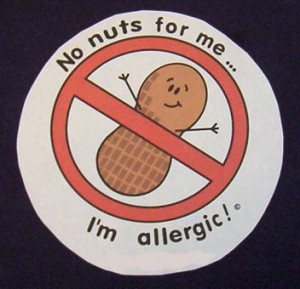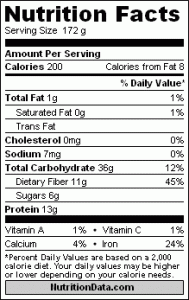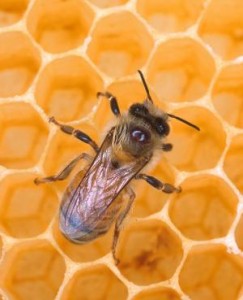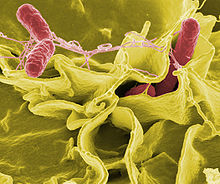 If you regularly read any health or wellness publications, you’ve likely heard the assertion that chocolate is good for you – usually phrased something like this: “Thinking about skipping dessert? Think again. A new study shows that chocolate is actually heart-healthy.”
If you regularly read any health or wellness publications, you’ve likely heard the assertion that chocolate is good for you – usually phrased something like this: “Thinking about skipping dessert? Think again. A new study shows that chocolate is actually heart-healthy.”
But what does all of the evidence say about chocolate? Is it really good for your health? A systematic review published in the Journal of Nutrition has found that, yes, chocolate is really good for your health.
The review looked at the effect of flavonoid-rich cocoa on all cardiovascular risk factors such as blood pressure, cholesterol and insulin sensitivity. It also evaluated the dose-response relationships between cocoa and cardiovascular risk factors.
The review included a total of twenty-four studies with 1,106 participants. It found that chocolate had positive effects on a number of cardiovascular risk factors – blood pressure, insulin resistance, lipid profiles and cholesterol.
While that’s good news for dessert-lovers far and wide, there was a limitation of the available evidence – the studies only looked at benefits over the short-term – days or weeks. The review concluded with a call for long-term investigations into effects of cocoa on the heart.
In the meantime, you can still pass the chocolate to me.












